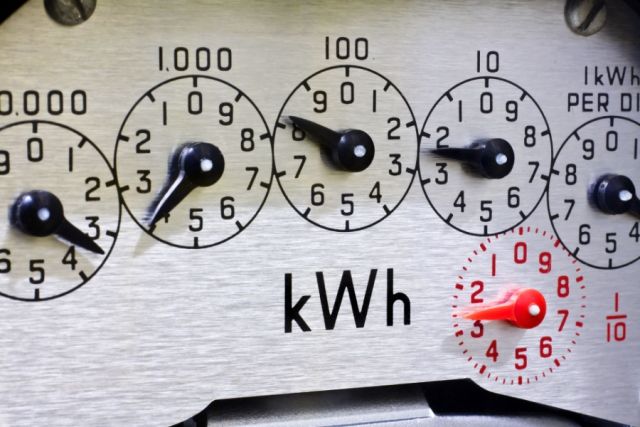
(Source: Shutterstock.com)
Thanks to record levels of natural gas production and mild winter months, total U.S. energy production hit a new high in 2023, while overall consumption fell at the same time.
The result was a gap between production and consumption of 9 quadrillion Btus (quads), the biggest gap since 1949 — the furthest back that records go. Total energy produced amounted to 103 quads, while total consumption came in at 94 quads.
In 2023, dry natural gas production grew 4% from the year before to a record 39 quads, a 58% increase over a decade. Crude oil production reached 27 quads, another record, after growing 9% from 2022. NGL production has increased 143% since 2013 and amounted to 8 quads last year.

Natural gas led the way in increased energy production, thanks largely to the Permian Basin.
Despite low prices, natural gas production has continued to grow in the Permian because it’s a byproduct of crude oil production in the nation’s most active oil play. The basin accounted for almost half of crude production in 2023, according to EIA spokesman Chris Higginbotham, according to Reuters.
Solar and biomass also played a growing role, producing a record 6 quads in 2023.
Only coal and wind power production declined. U.S. power companies have been retiring coal plants to cut greenhouse-gas emissions, lessening demand. Wind power production fell by 2% in 2023 because average U.S. wind speeds were slower throughout the year, according to the EIA.
The EIA uses Btus, a measurement of heat content of fuels or energy sources, to compare barrels of oil, cubic feet of gas or kilowatt-hours for solar energy. One Btu is the quantity of heat required to raise the temperature of a pound of water by 1 F.
Across the U.S., not much heat was required by customers from January to March or October to December. The National Weather Service reported that warmer-than-average temperatures were the norm in the 2023 winter months.
U.S. energy consumption declined from 2022 to 2023, led by 17% drop in coal consumption for power generation to 8 quads.
The U.S. set a record of 99 quads of consumption in 2007. Since then, consumption has remained between 89 quads and 97 quads per year, EIA said.
Recommended Reading
EY: Three Themes That Will Drive Transformational M&A in 2025
2024-12-19 - Prices, consolidation and financial firepower will push deals forward, says EY.
McDermott Completes Project for Shell Offshore in Gulf of Mexico
2025-03-05 - McDermott installed about 40 miles of pipelines and connections to Shell’s Whale platform.
Subsea7 Awarded Contract for Gas Field Offshore Turkey
2024-12-30 - Subsea7 will provide inspection, repair and maintenance for the Sakarya field.
New Jersey’s HYLAN Premiers Gas, Pipeline Division
2025-03-05 - HYLAN’s gas and pipeline division will offer services such as maintenance, construction, horizontal drilling and hydrostatic testing for operations across the Lower 48
Winter Storm Snarls Gulf Coast LNG Traffic, Boosts NatGas Use
2025-01-22 - A winter storm along the Gulf Coast had ERCOT under strain and ports waiting out freezing temperatures before reopening.
Comments
Add new comment
This conversation is moderated according to Hart Energy community rules. Please read the rules before joining the discussion. If you’re experiencing any technical problems, please contact our customer care team.





